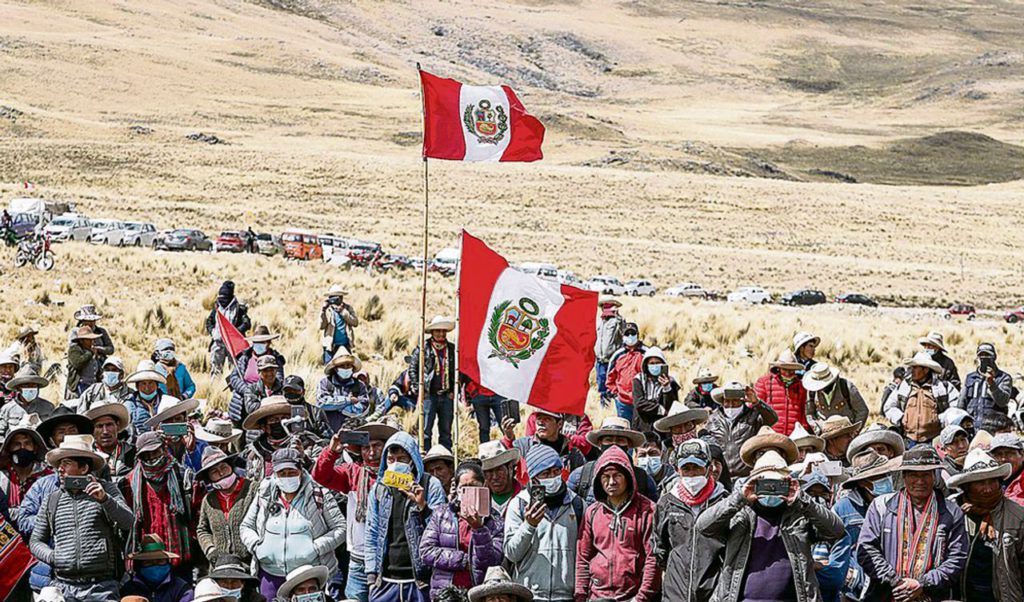
The head of Peru’s biggest mine says a swift solution to rising social unrest in the country is within reach if authorities and politicians agree to address the central problem: management of public funds.
Peru, the world’s No. 2 copper and zinc supplier and a major producer of silver and gold, has seen its reputation tarnished over the past week by images of clashes between security personnel and indigenous protesters at the MMG Ltd.-operated Las Bambas copper mine. Protests at mines are happening amid an uptick in unrest over living costs, exacerbating political tensions in the country.
Such violent scenes are “painful” to see, and are broadly reflective of authorities failing to deliver the full benefit of mining to poor rural Andean communities during the past two decades, said Victor Gobitz, chief executive officer of Antamina mine, whose owners include BHP Group and Glencore Plc. Calls to raise taxes or even nationalize mines are misguided, he said.
“It’s not a problem of a lack of public funds, rather of managing those funds,” Gobitz said in an interview at his Lima office. “The money exists. But if there’s no plan, what we get is disorder and the population doesn’t see a closure of those development gaps.”
The goal is to make sure people see the direct link between mining and development. To make that happen, national and local politicians have to be moving in the same direction, he said.
Solutions include strengthening institutions such as reforms to political parties and campaign rules, and transferring management knowledge from mining companies to authorities.
“Maybe the current government lacks some firmness and clarity, but this comes from before,” said Gobitz, who is also a board member at Peru’s Institute of Mining Engineers. If decision-makers agree on what the problem is, it could be resolved “very quickly.”
Despite sliding down a global competitiveness ranking, Peru remains an attractive place to invest, he said. Antamina is set to start work on a $1.6 billion project to extend its life as soon as January, once permits are in place.
“We believe there is going to be dialog and mining is an economic pillar,” Gobitz said. “There’s no space for extreme measures.”
There’s still hope that Peruvian copper production will increase as new mines offset the impact of protests. This year’s output “could be the same or better” than 2021, he said.
Anglo American Plc’s Quellaveco mine is scheduled to begin production in May or June, while national production will be boosted by a full year of output from the Mina Justa operation, he said. That will help counter an ongoing disruption at Las Bambas and a prolonged interruption at Southern Copper Corp.’s Cuajone mine.
(By James Attwood)
Comments